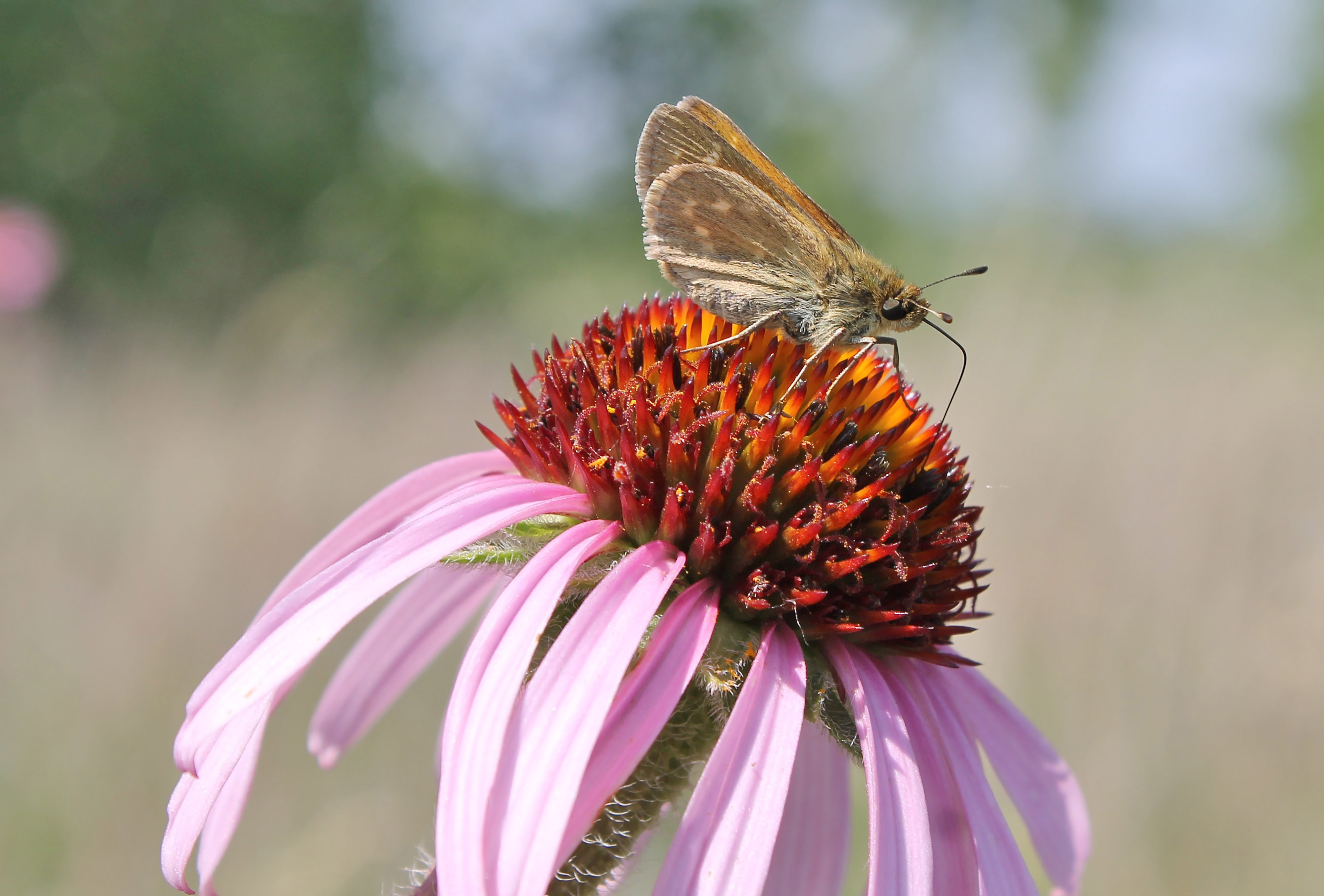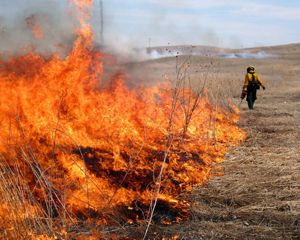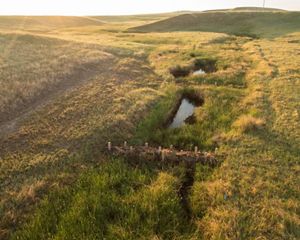What’s in this Season?
South Dakota’s ever-changing seasons serve up immeasurable discoveries in nature. Explore what’s happening in nature this season.
Summer: it’s what makes the South Dakota winter worth it.
Throughout the season, the state is abloom with wildflowers. Every few weeks a new suite of plants is opening delicate petals to the bees and butterflies seeking out nectar.
If you get out on a hike, whether short and sweet or long and challenging, you’ll see plenty of birds and other wildlife across the state. Everyone is out enjoying the warm weather!
Here’s what else you can discover in nature this summer in South Dakota.
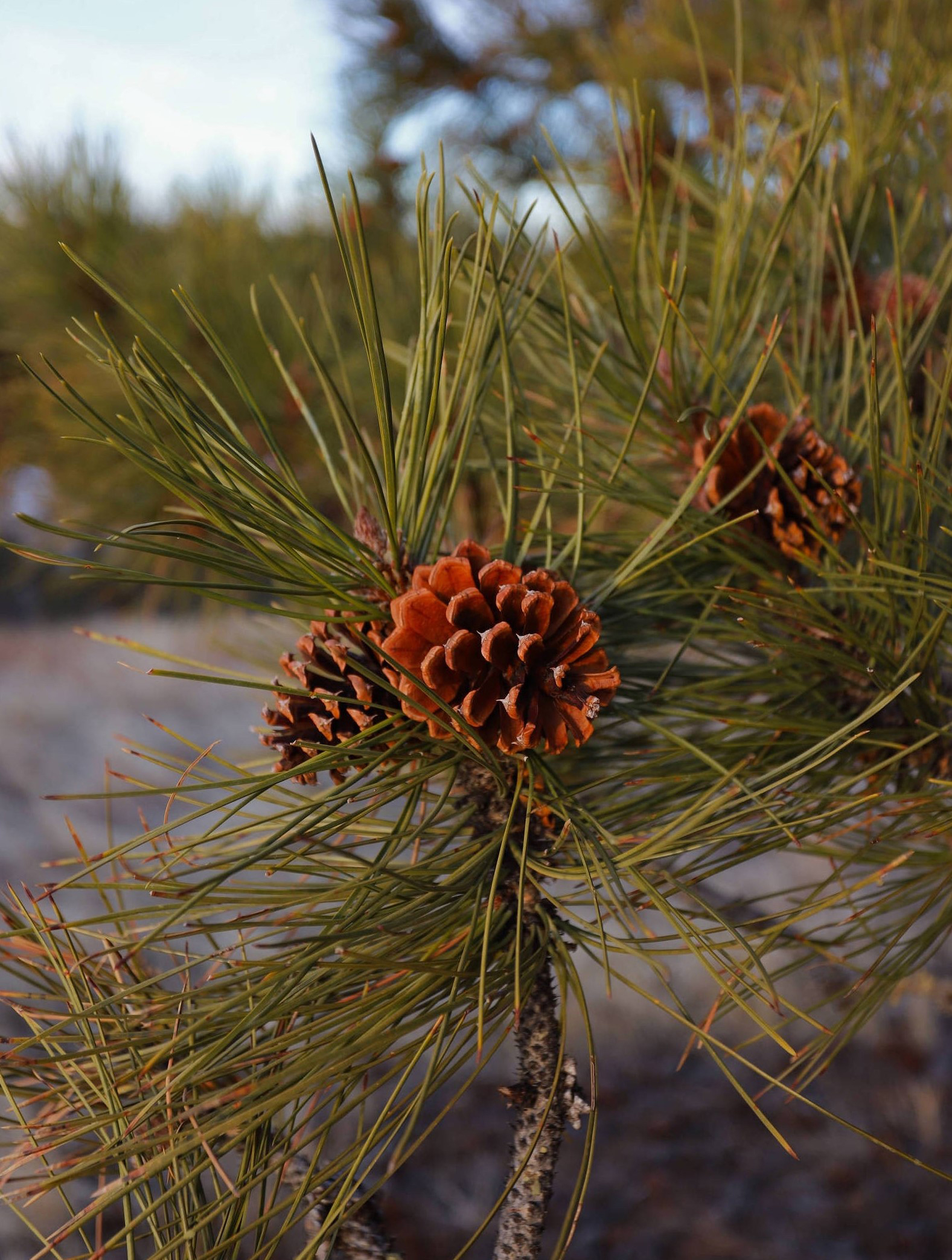
Black Hills Plants
Despite the heat, late summer is a great time to visit the Black Hills and explore its unique botanical crossroads. Eastern hardwoods, western coniferous forests, Great Plains grasslands and plants from northern boreal forests can all be found here.
White spruce form dense pockets of forest in the northern regions of the Black Hills. Lichen called “reindeer moss” or “old man’s beard” often hangs from the lower branches of these trees; its long, stringy bluish-green growth make the forest seem lush. Beneath the trees grow ferns, sedges and even club mosses (in a few rare locations), also called “ground pine” or “princess pine.”
Most of the forest in the Black Hills is made up of ponderosa pine, a valuable timber tree that unlike white spruce is tolerant of hot, dry growing conditions. Stands of ponderosa pine cover foothills and ridges in the Black Hills, and in August some may be attacked by mountain pine beetles. These tiny insects bore into a pine and create galleries of tunnels immediately beneath the tree’s bark. The galleries soon become nurseries for beetle larvae that expand the tunnels as they consume wood and grow. The larvae overwinter in the galleries and emerge as adults the following summer, sometimes as swarms of insects that can overwhelm and kill trees. Pines harboring beetles may not be obvious—look for the amber plugs of resin secreted by a tree to seal the boreholes of beetles.

Places to visit
-
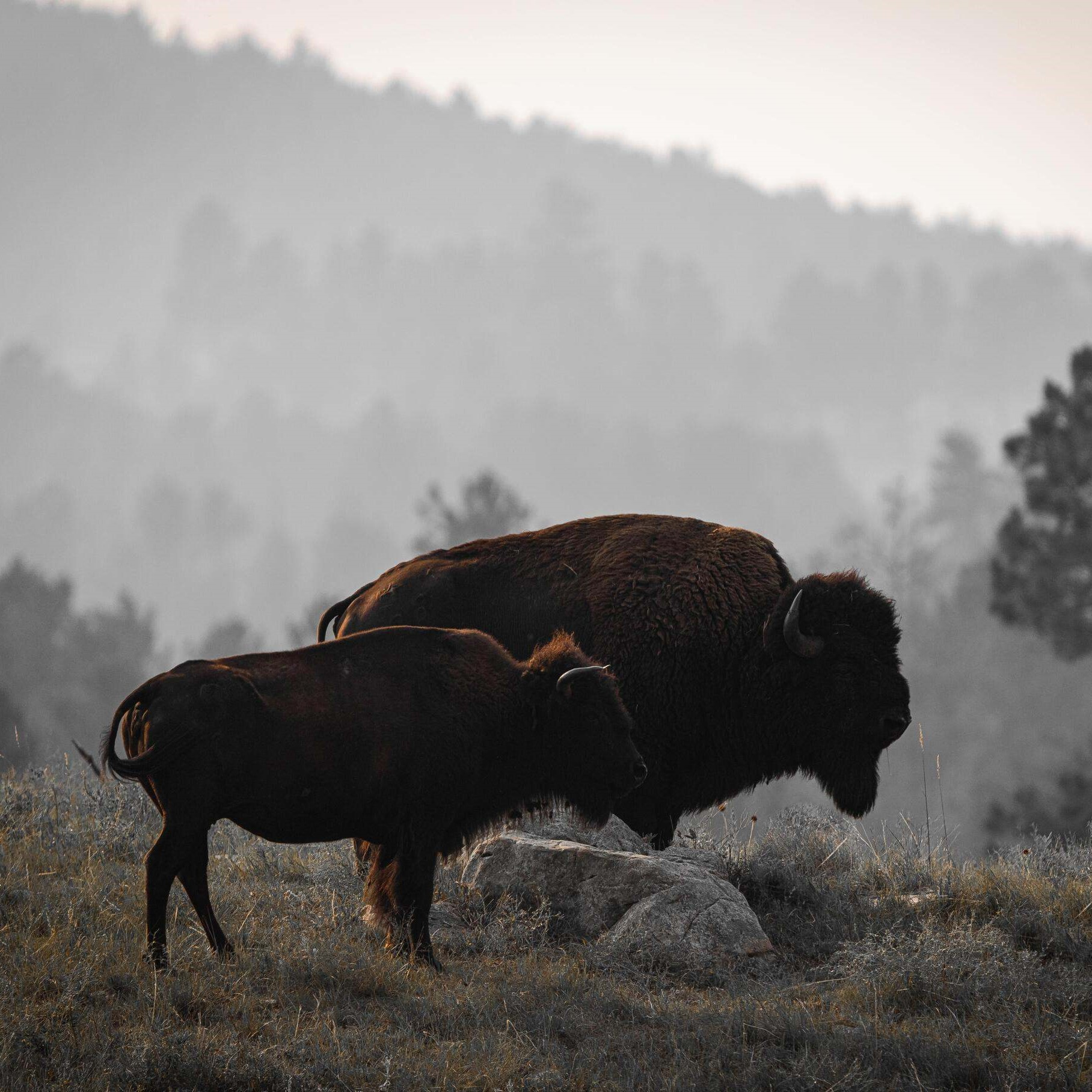
Custer State Park
This iconic Black Hills park is a great place to explore this region’s stellar plant life. Explore
-

Prairie Coteau Preserves
Try to spot a Dakota skipper at one of our preserves in the Prairie Coteau, like Sioux Prairie, Aurora Prairie or Altamont Prairie. Explore
-
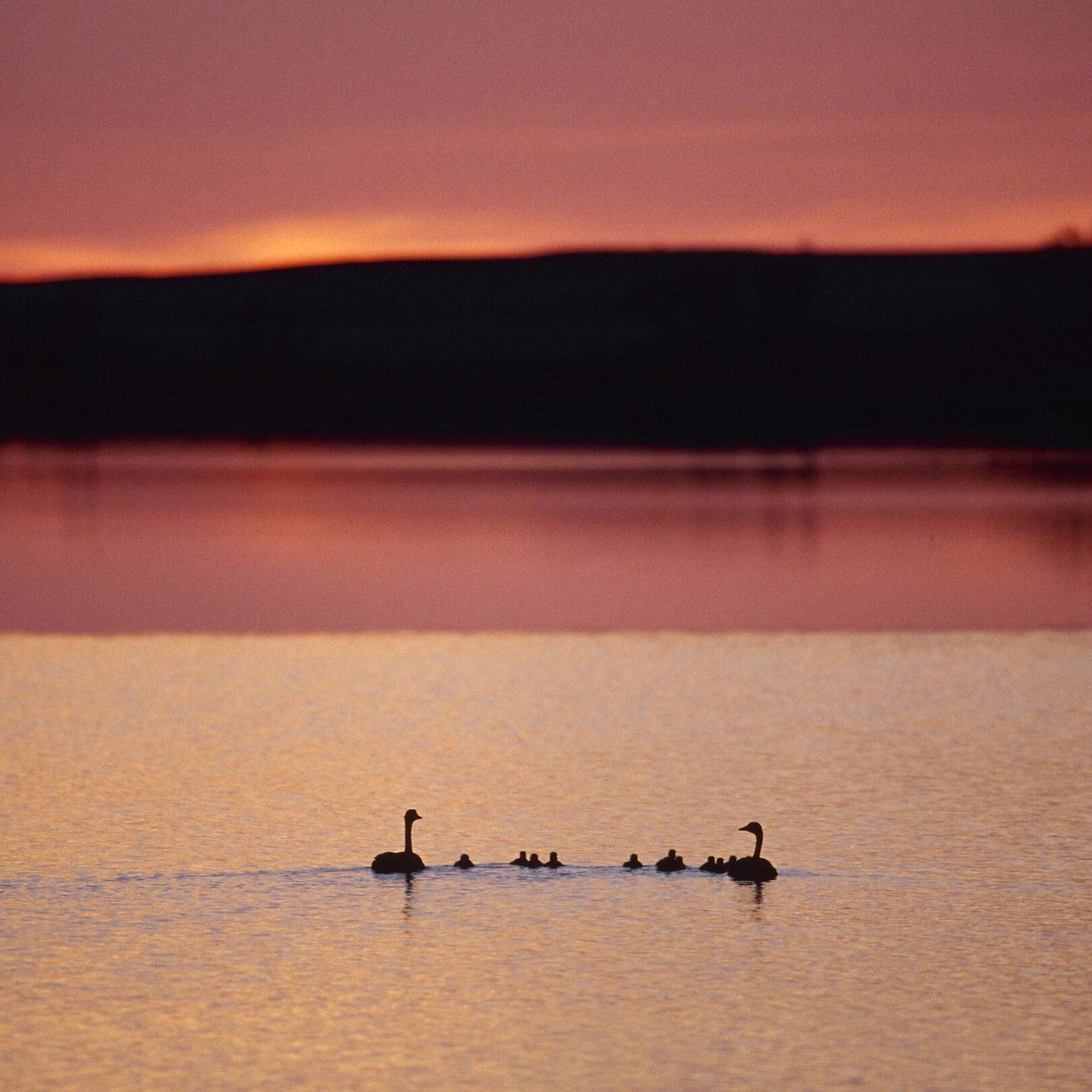
Sand Lake National Wildlife Refuge
More than 266 species of birds can be found in the refuge’s 21,000+ acres of potholes and prairies. Explore

Need More Nature?
Sign up to receive monthly conservation news and updates from South Dakota. Get a preview of South Dakota's Nature News email.
The signs of spring are always welcome after a long South Dakota winter. From early spring flowers popping up through the snow-crusted prairie to critters frantically seeking a mate, spring is a time for beauty and renewal. Enjoy the trickling waters of a slowly thawing river or lace up your boots for a tromp along a muddy trail. Take time to observe the hints of spring all around you.
Cuteness alert
Spring has sprung when cinnamon-colored baby bison appear on the prairie.
Most bison calves are born in May and June. Pregnant cows first chase off their offspring from the previous spring: yearlings that stay with the herd but can no longer rely on their mother’s care once a newborn arrives. Shortly before giving birth, a cow will move to the edge of the herd or leave the group altogether. The process takes only about 20 minutes and the calf can stand on its own after another half hour and run with the herd within one to three hours.
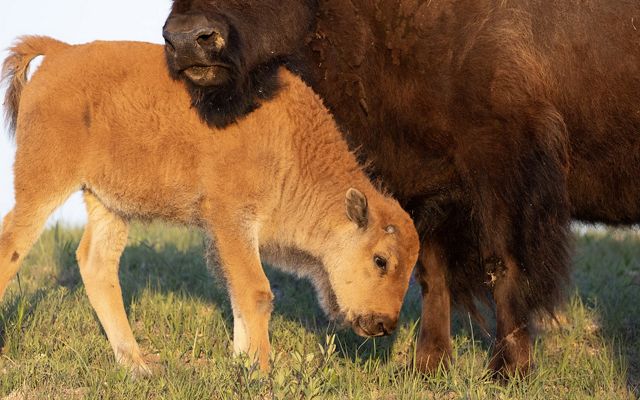

After their first few weeks, young bison become more adventurous and may wander away from their mothers to explore the herd. They often form nursery groups: two to three dozen calves that are tended by a few cows. This is a good time to watch the young animals – bison watchers can see them learn from their mothers, begin to graze and sort out who is dominant in their groups.
Early blooms
The pasque flower is one of the first flowers to bloom on South Dakota’s grasslands. You may even see it blooming out of the melting snow. Pasque flowers thrive on prairies with sandy soils, like TNC’s Sioux Prairie. Nature writer Aldo Leopold wrote in A Sand County Almanac, “The chance to find a pasque flower is a right as inalienable as free speech.” Find a pasque flower and know unquestionably that spring has arrived on the prairie.
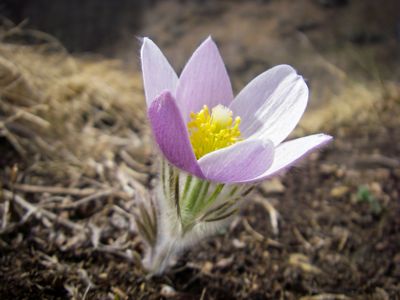
Spectacular courtship
The courting displays of sharp-tailed grouse are fascinating to watch in the spring. These chicken-like birds gather at a lek, a patch of ground where males compete for the attention of hens by performing a dance display at dawn. Dancing grouse spread their wings, lower their heads and raise the short, bright yellow feathers above their eyes.
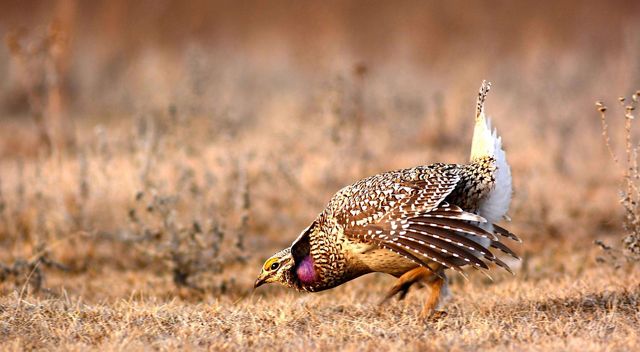
The tail is raised and spread like a fan and the birds rush forward or turn in tight circles, rapidly stamping their feet and rattling their tail feathers. The males inflate and deflate prominent purple neck sacs, cooing and cackling. They also fight—within the lek, each bird has a small territory. These territories are hotly contested, as hens may prefer males in some locations over others.
Prairie dogs get busy
In the early spring, prairie dogs become more active. Longer days trigger the start of their mating season after a winter spent mostly in their warm burrows. When mating begins, prairie dogs become aggressive and territorial, chasing off other dogs that intrude onto their coterie, or family unit of one breeding male, a few females and offspring.

Fights between competing males are not uncommon. The dominant male dog seeks to prevent others from mating with the females in his coterie. Males call to females by making a “chirk” call similar to—but slower—than the predator warning call familiar to prairie dog watchers. Males also help females build their underground nests and dog watchers can see paired animals gathering nesting material and carrying it into their burrows. Mating takes place underground and is rarely seen.
Places to visit
-

Palisades State Park
Enjoy scenic overlooks at this eastern South Dakota State Park. Its deep gorges were formed by the rushing water of Split Rock Creek over millions of years. Explore.
-
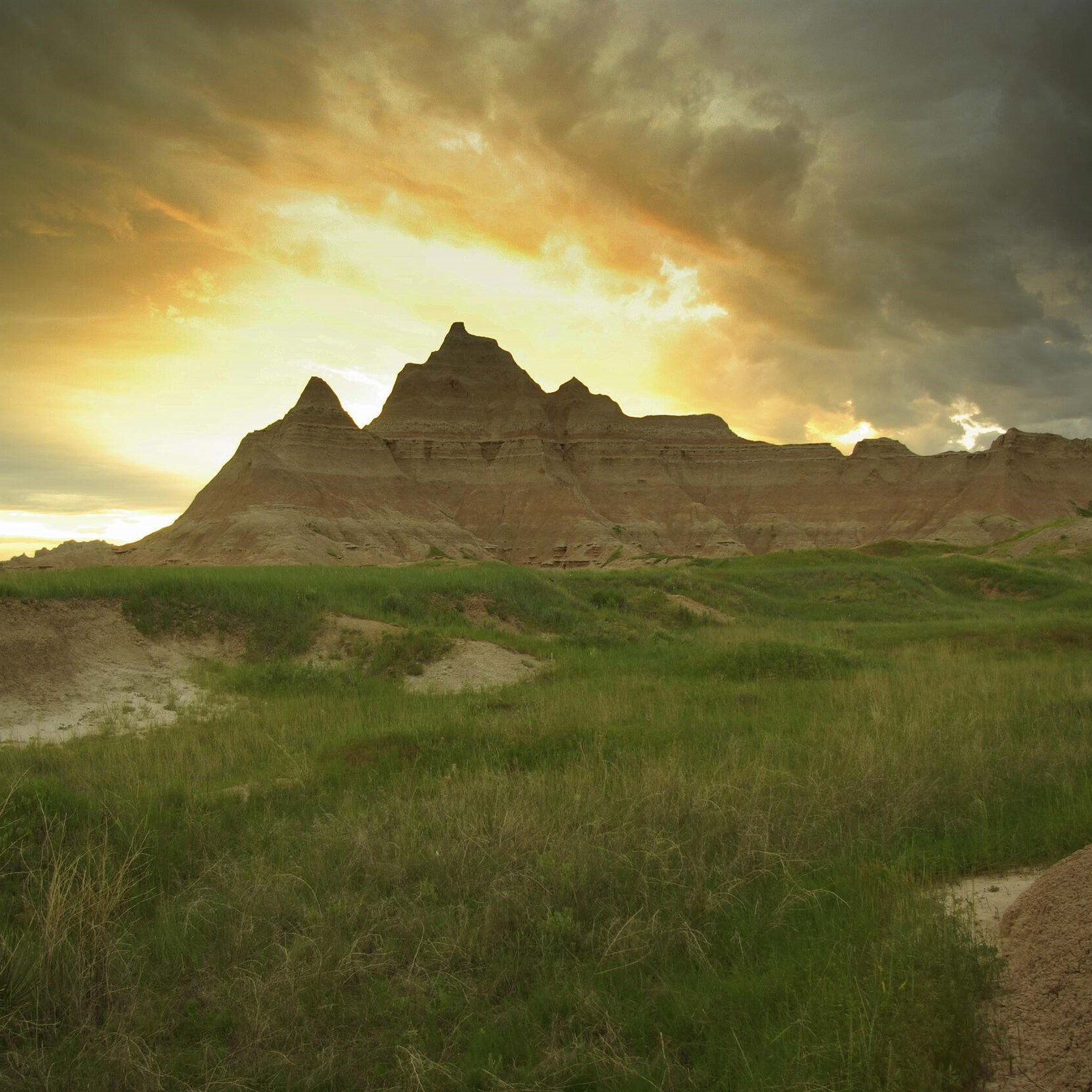
Badlands National Park
This is a great spot to see prairie dogs. Stop at Robert’s Prairie Dog Town along Badlands Loop Road for a view of the largest colony in the park. Explore.
-
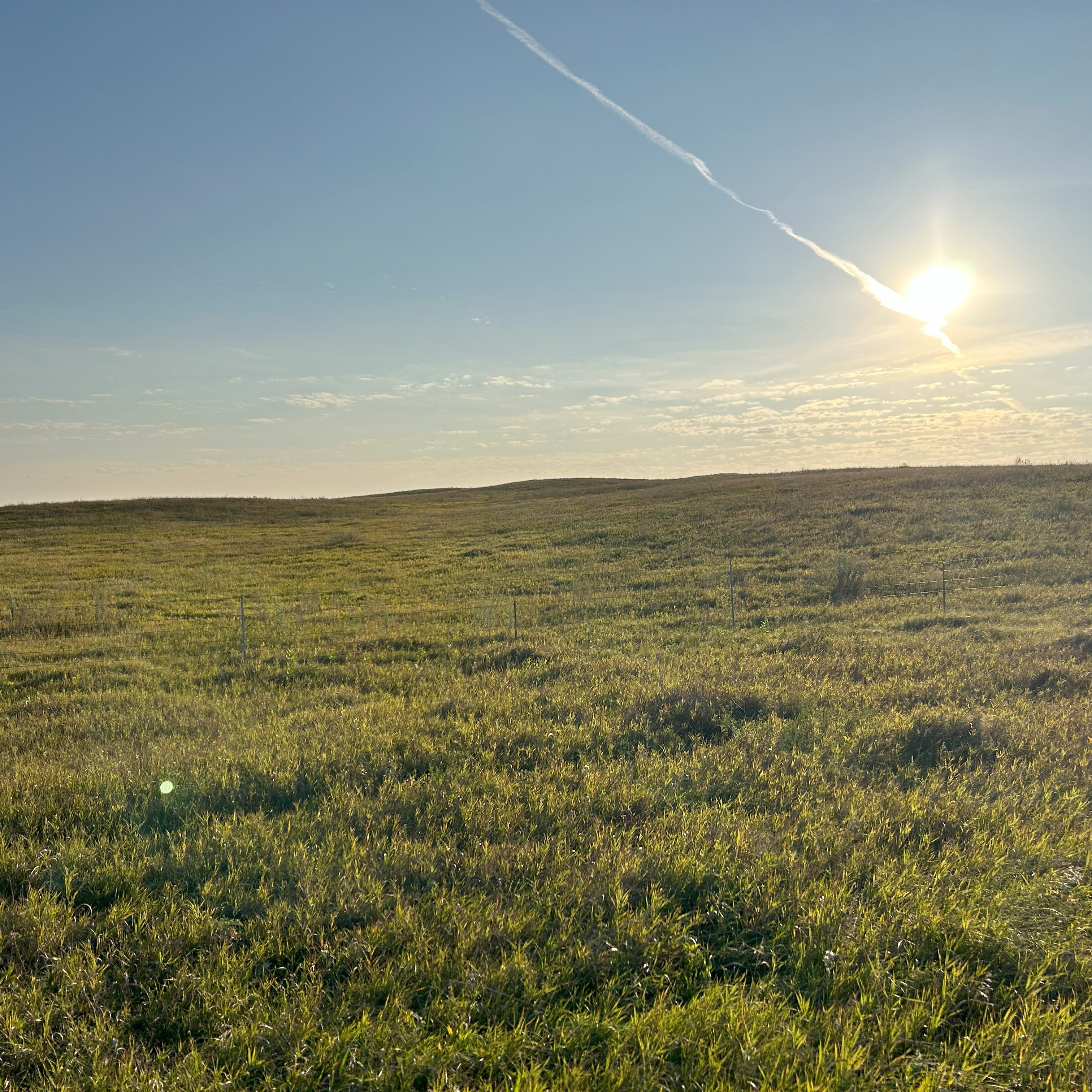
Samuel H. Ordway, Jr. Memorial Prairie
Stop by this Nature Conservancy preserve in Leola to try and spot newborn bison sprinkled throughout the herd. They’re easy to see with their reddish coat that contrasts the dark brown color of older animals. Explore.
Winter in South Dakota is cold and snowy, but that should not keep you from exploring the outdoors! The trails are quiet and chances are, you may be the only one braving the elements. Embrace the solitude and soak in the mental health benefits the snowy plains and icy ponds have to offer. Bundle up and grab your snowshoes. There is so much going on in nature even on the chilliest days.
Birds
Winter is the best time for birding because there are no leaves on the trees. It makes spotting birds much easier. Although many birds flee South Dakota during the cold winter months, we have some year-round resident birds that you can surely spot around the state, like American Goldfinch, woodpeckers and blue jays. You could even see a Northern shrike, which visits the Dakotas in the winter, returning to northern Canada to nest in the summer. These birds are fierce hunters. Shrikes attack and kill a variety of prey: other birds, mice, lizards, insects; at times even tackling prey larger than themselves (a shrike is about the size of a robin). They kill using their hooked beak; their feet are too weak to kill with grasping talons like hawks and owls. A shrike might not eat its prey immediately. Instead, the bird carries its prey to a larder where it will store food items impaled on barbed wire, thorns, broken twigs, or simply wedged into the fork of two branches. Sighting a shrike could be difficult. In the winter, you might first find evidence of shrike predation—dead sparrows or mice skewered on thorns or barbed wire—before spotting a shrike hunting nearby.
Winter Birds
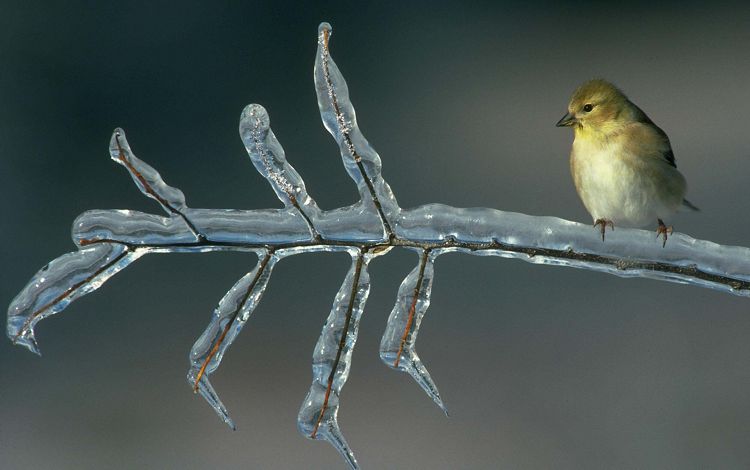
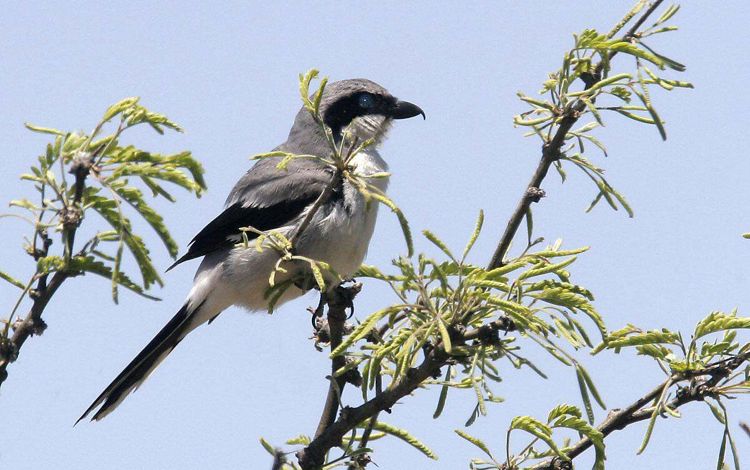
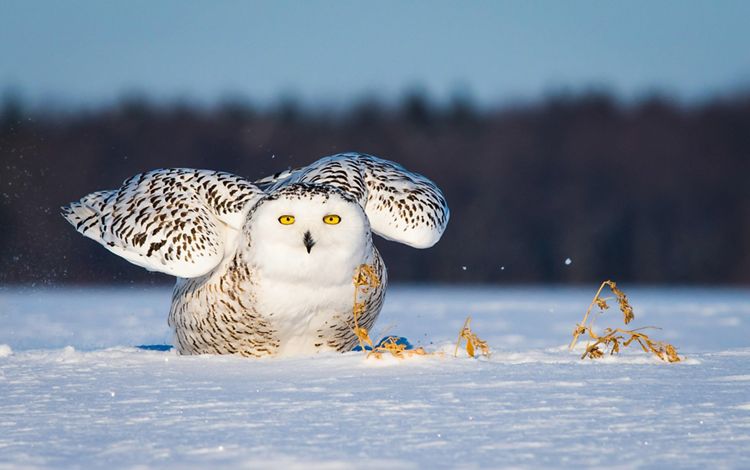

Occasionally, South Dakota sees snowy owls, visiting all the way from Alaska, Arctic Canada and Greenland. Their plumage reflects their northern home: the birds are white as snow, although females and young birds are barred with black. Their face is always bright white and highlights their brilliant yellow eyes.
Bison
Much of South Dakota’s wildlife either migrates or hibernates to escape the harsh winter. But bison seem to thrive in the cold. They’re animals built for life on the prairie year-round. Visitors to parks and preserves with bison herds enjoy watching bulls, cows and calves mingling together during the summer months. Come late fall, the bulls wander off to form “bachelor bands” and the cows, calves and non-breeding bulls stay together in small herds. These dispersed, separate groups make for fewer animals looking for food in the same place once winter snows make forage hard to find. It’s a good survival strategy.
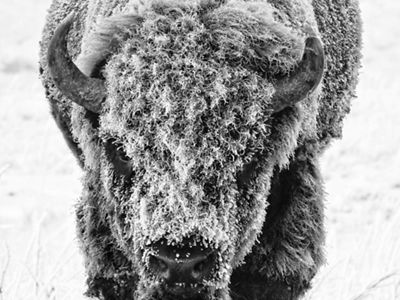
Bison eat less in the winter. Their metabolism actually slows, allowing them to survive on less forage. Using powerful neck muscles, bison swing their massive heads to push snow out of their way to reach forage beneath. Bison also are good at staying warm. Their summer coat turns dark brown in the fall and develops a dense undercoat of woolly hair that provides insulation during cold weather. Guard hairs provide added protection and are longest on the front half of a bison’s body, covering the head, neck, forelimbs and tall hump above the shoulders. The winter coat on a bull bison can be as much as six inches thick over the hump. During a storm, bison turn and face into the wind, causing these long hairs to lie down against the body, maximizing their insulating ability. Their winter coat insulates so well that a storm’s snow simply accumulates on the animals, unable to be melted by their body heat.
Wildlife Detective
Winter’s snows provide the perfect chance to flex and grow your wildlife tracking skills. From the common hoofprints of white-tailed deer to the distinct paw prints of coyotes, you never know whose tracks you’ll spot in the snow throughout TNC's preserves.


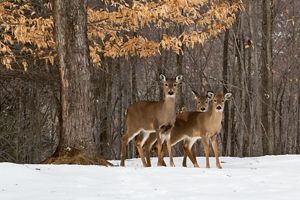

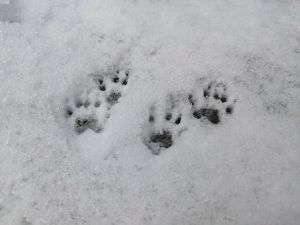

Coyote Pawprint: Coyote pawprints are a common sight in the snow. © Charles Larry

Coyote: Coyotes are present in many Illinois counties. © Lisa Bourgeault /TNC Photo Contest 2019

White-tailed Deer: White-tailed deer can be spotted across the state. © Kent Mason

Red Fox Tracks: Winter is an ideal time to practice identifying wildlife tracks thanks to how well snow can hold prints. © James Day/TNC Photo Contest 2022

Racoon Tracks: Snowfall makes for excellent opportunities to practice your animal track ID skills! © Lily Mullock/TNC
Places to Visit
There is no shortage of places to experience the natural world in a South Dakota winter, but here are some of our recommendations.
Black Hills: The 1.2-million-acre Black Hills National Forest gets more than 150 inches of snow every year. Enjoy the winter wonderland on skis at Terry Peak Ski Area near Deadwood, or ice climbing in Spearfish, or on snowshoes in one of the state parks.
Samuel H. Ordway, Jr. Memorial Prairie: Stop by this Nature Conservancy preserve in Leola to try to catch a glimpse of bison enduring the winter.
Lake Oahe: Try your hand at ice fishing on Lake Oahe near Pierre. It’s a great way to get outdoors in the chilliest months.


